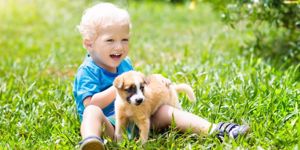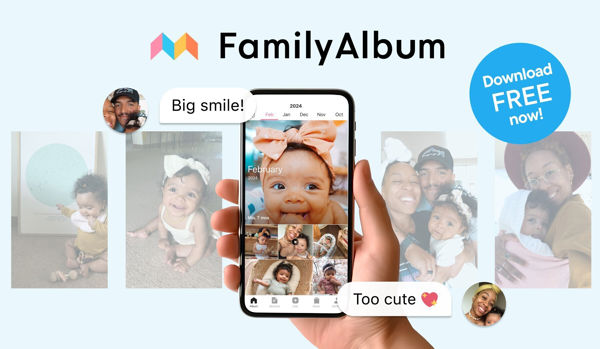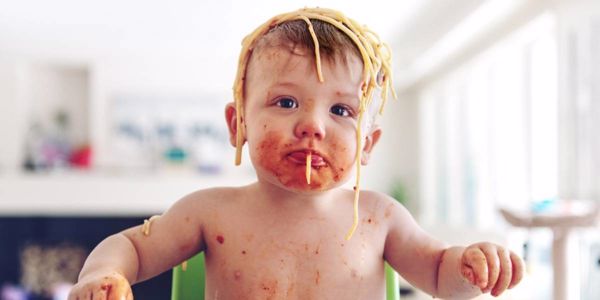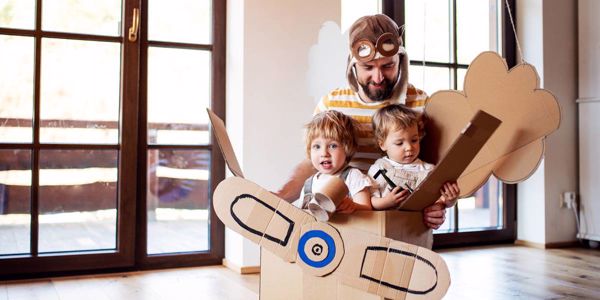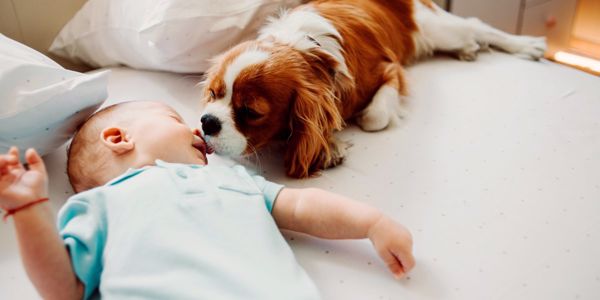My children have grown up with our dog J. They learnt companionship, responsibility and it encouraged them to get outside and exercise, not that they need much encouragement. When J passed away this year it taught them grief, and how to process grief. His passing raised lots of questions on a difficult subject and gave them a chance to understand how we all grieve differently.
Having a dog is, for us, having an extra member of the family. They are part of our family unit and are treated as such. The decision to introduce a puppy to our family was a careful and thought out decision, especially with having young children aged 9,7 and 3. Puppies are hard work. They take lots of time and attention but the rewards far outweigh it. Having a dog enriches your life and children, in particular, learn so much from them.
Before we brought our puppies home we created a puppy only space for them. This can be done in numerous ways. Some people use crates, others simply a dog bed and some have dog-specific pens. Whatever you choose to do this area is for the puppy only. This means that once the puppy is in this space they are left alone. Completely left alone, no one goes near the puppy in this area. The reason for this is that the puppy always has somewhere to go if it gets too much for them. They have somewhere they feel safe and secure and away from human contact. The decision to go here, however, has to be the dogs and I am not suggesting shutting the dog away, the pen or crate or bed can be in an area such as the living room so still with people but the space itself is just for the dog.
Our children fully respect this space for the puppy and in their words, that is the puppy's bedroom and we are not allowed in. One of the other major points to help keep children and puppies safe together is to teach them from early on that the puppy is not a toy. It does not want to be dressed up, picked up or carried around. Learn to respect the puppy and its boundaries and this can help minimise any accidents from happening.
Puppies love to play. They are curious about the world around them. They have to learn not to bite people, they have to learn not to jump up and learn not to run away with shoes. Before we brought out puppy home we sat down and talked to our children to make sure they understood that at first, the puppy may bite, it is not doing this to hurt you and that it is play biting but we have to teach it not to. They were told that running around and screaming will encourage the puppy to chase them and that playing rough will make the puppy play rough. Both children and puppies need to learn to play together and be gentle with each other. This takes time and neither puppy nor children are known for patience and long attention spans.
Puppies and children should be supervised at all times. Our general rule is if you wouldn’t let an adult dog do that than don’t let the puppy do it. Yes, the puppy looks cute and it might look cute and funny when the puppy pulls your trouser leg but it won’t be so funny when the adult dog it grows into does the same. Setting clear boundaries and sticking to them will help to grow your puppy into a well-balanced adult dog.
Bringing home a puppy and watching them grow is a wonderful experience and will enrich your life. Having clear expectations and boundaries from the beginning and allowing children to have supervised responsibility with the puppy helps to create an early bond between them. Children will learn so much from owning a puppy and one I am so grateful we have given to our children.


